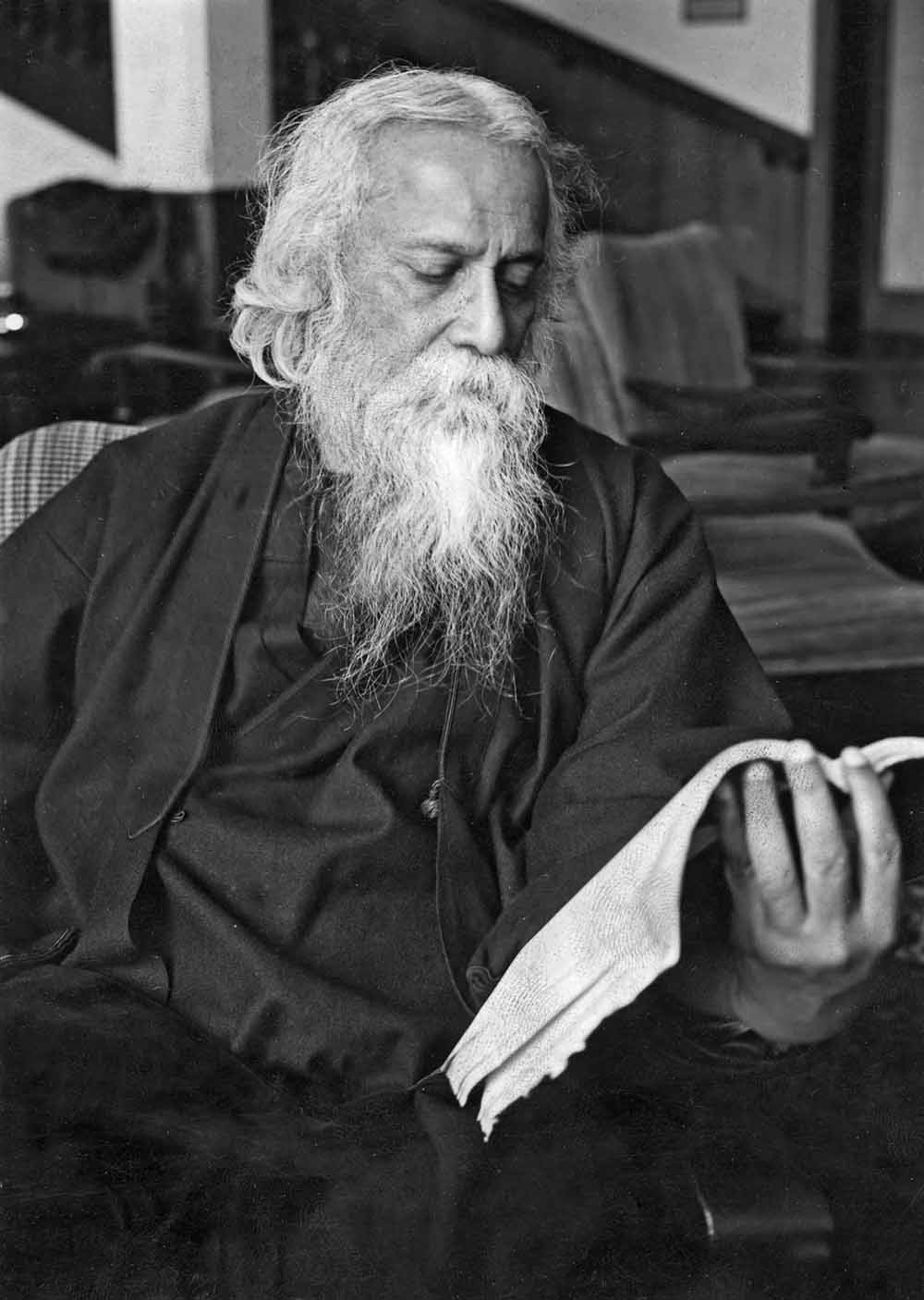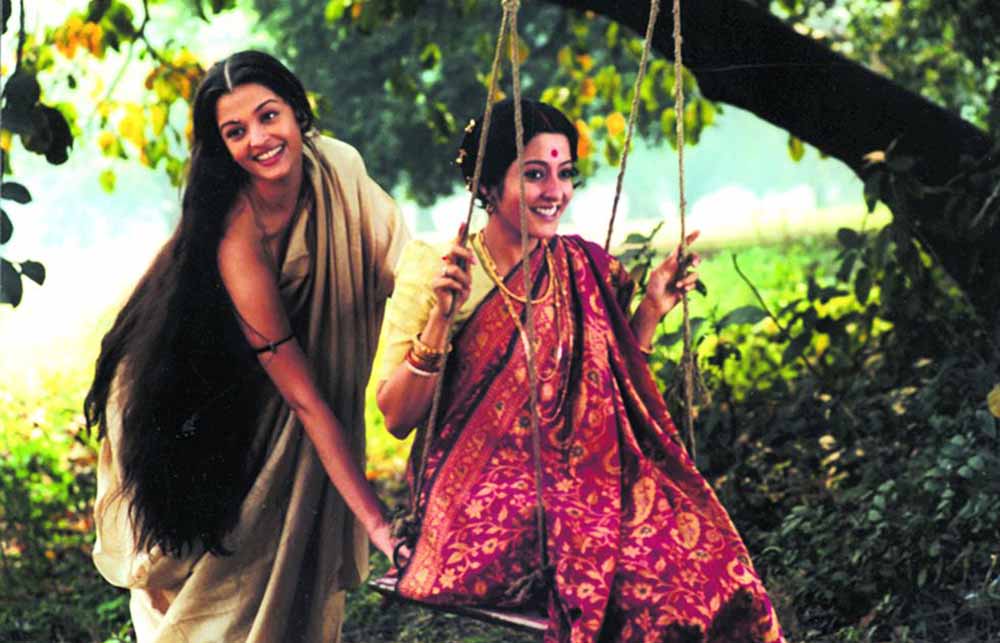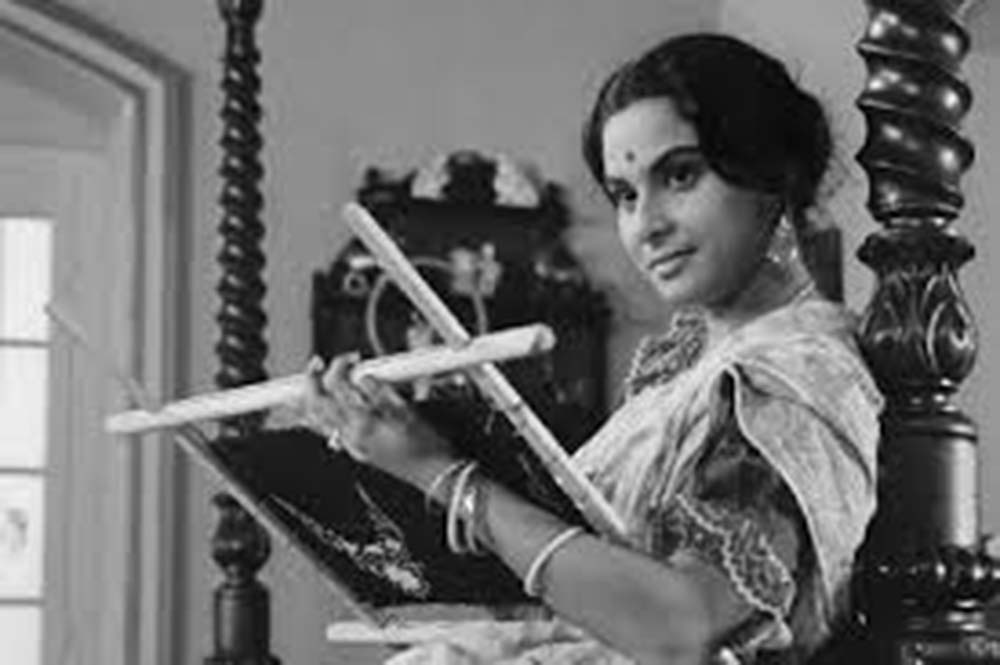As the world commemorates Rabindranath Tagore Jayanti, it's an opportune moment to reflect on the profound impact of his literary creations. Tagore, a towering figure in literature, not only revolutionised Bengali and Indian literature but also left an indelible mark on the global literary landscape. Central to his works are the nuanced portrayals of women, who inhabit his stories as embodiments of strength, resilience, and beauty.

Image Source: britannica.com
Rabindranath Tagore’s Legacy
Tagore's legacy is vast and multifaceted, spanning poetry, novels, short stories, and plays. His literature reflects a deep understanding of human emotions and relationships, with women often occupying pivotal roles in his narratives. As we explore Tagore's world, we encounter a rich tapestry of female characters whose stories continue to resonate with readers across generations.
Inspiring Women From Tagore’s Literary Universe
Kumudini, ‘Jogajog’
In Rabindranath Tagore's novel "Jogajog," Kumudini emerges as a compelling figure caught in the crosscurrents of tradition and modernity. Raised in the idyllic tranquillity of a village, Kumudini's spiritual inclinations clash with the harsh realities of her marriage to the wealthy city dweller, Madhusudan. Unable to reconcile herself with his coarse and egocentric nature, Kumudini bravely voices her opposition, particularly against the heinous act of marital rape.
Kumudini's story serves as a poignant exploration of gender dynamics and the erosion of traditional values in the face of modernity. Despite her innate spirituality and moral integrity, she finds herself ensnared in a web of societal expectations and patriarchal oppression. Through her struggles and sacrifices, Kumudini emerges as a symbol of resilience and defiance, challenging the status quo and advocating for women's rights in a male-dominated society.

Image Source: bagchee.com
Binodini, ‘Chokher Bali’
Binodini, a widow enduring the harsh realities of societal oppression, refuses to relinquish her desires, despite the constraints imposed upon her by societal norms. Tagore's portrayal of Binodini in ‘Chokher Bali’ sheds light on the plight of widowed women in a society that stifles their desires and aspirations. Through Binodini's story, Tagore boldly confronts the taboo surrounding women's sexuality and desires, showcasing his progressive and liberal perspective on gender dynamics. Her journey from innocence to experience in the face of love, betrayal, and redemption serves as a powerful testament to the resilience and strength of women in the face of adversity.

Image Source: Imdb.com
Mrinal, ‘Streer Patra’
Mrinal from the poignant short story "Streer Patra" (The Wife's Letter) undergoes a journey which is a compelling narrative of resilience, defiance, and ultimately, sacrifice, against the backdrop of patriarchal oppression and societal expectations.
Married into an affluent zamindar family, Mrinal's life unfolds within the confines of societal norms and expectations. Constantly belittled for her rural upbringing and perceived inferiority, she resigns herself to a life of subservience and conformity. However, her mundane existence takes a transformative turn with the arrival of Bindu, her sister-in-law's widowed cousin. Mrinal forges a deep bond with Bindu, standing by her side and advocating for her rights in the face of adversity.
In a poignant act of rebellion against the suffocating confines of marital oppression and societal norms, Mrinal renounces her own marital ties, leaving behind a searing letter to her husband. Mrinal's story serves as a powerful indictment of the patriarchal structures that continue to oppress and marginalise women in society. Through her courageous defiance and ultimate sacrifice, she emerges as a beacon of hope and inspiration, challenging readers to confront the injustices perpetuated in the name of tradition and societal expectations.
These women from Tagore's literary universe transcend the confines of their stories, embodying timeless truths and universal experiences. Their struggles, triumphs, and innermost desires mirror the aspirations of women everywhere, making them enduring sources of inspiration.

Image Source: gstatic.com, Lead Image- cinestaan.com
Bimala, ‘Ghare Baire’
Bimala, a central character in Rabindranath Tagore's "Ghare Baire" (The Home and the World), embodies progressive ideals and complexities that remain relevant today. Initially depicted as a traditional Bengali wife confined to the domestic sphere, Bimala undergoes a profound transformation throughout the novel, making her both progressive and relatable.
Bimala's progression is marked by her exploration of newfound freedom and individual agency. Her evolving understanding of self and society challenges traditional gender roles and societal expectations, making her a symbol of women's empowerment.
Understanding Women in Tagore’s Stories
Rabindranath Tagore's literature stands as a timeless testament to the importance of women and their portrayal in shaping narratives of resilience, defiance, and empowerment. Through characters like Mrinal, Kumudini, Binodini, and many more, Tagore transcends societal norms and conventions to illuminate the complexities of women's experiences in a patriarchal society. His nuanced and empathetic depictions challenge stereotypes and taboos surrounding women's roles, desires, and aspirations, offering a profound exploration of their inner strength and resilience. Tagore's portrayal of women not only highlights their struggles but also celebrates their triumphs, underscoring the enduring significance of their voices in literature and society. As we continue to engage with Tagore's timeless works, let us recognise and celebrate the invaluable contributions of women to the rich tapestry of human experience.